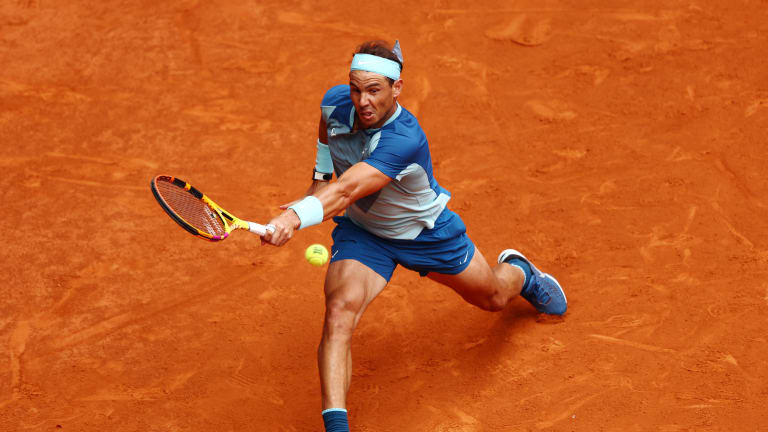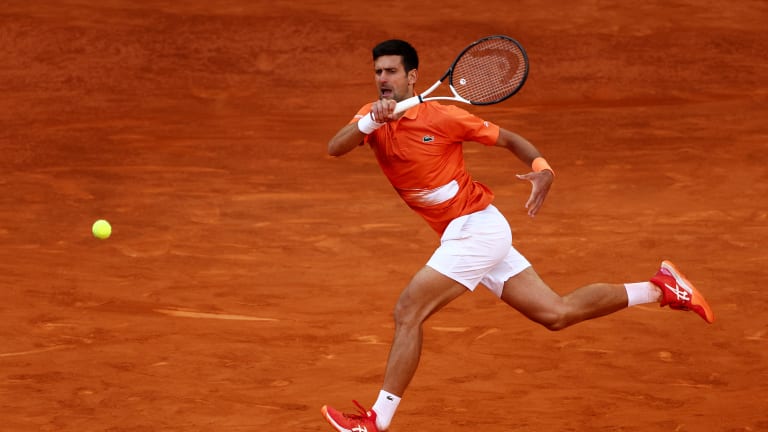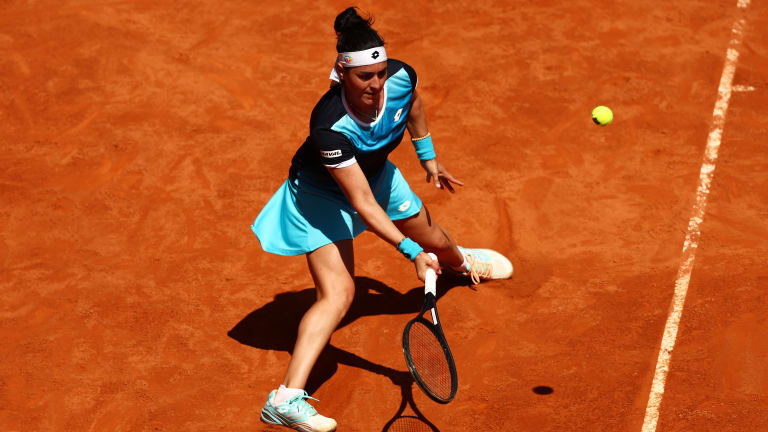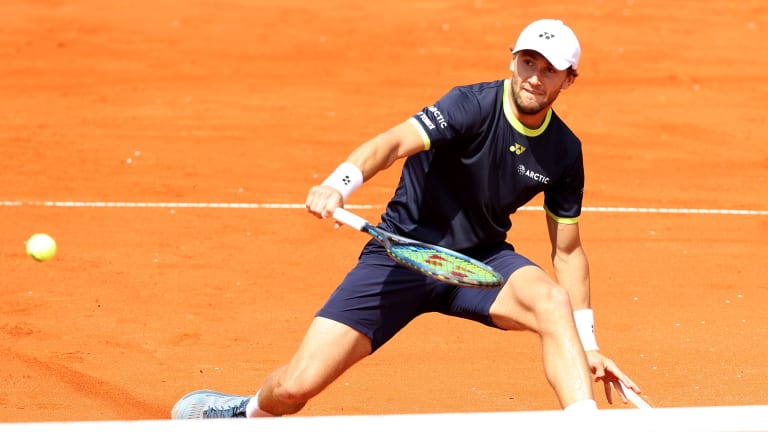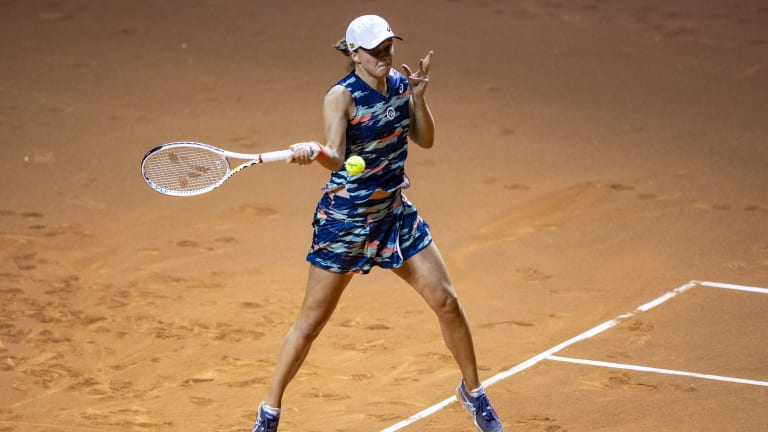From Monte Carlo to Madrid, from Rome to Roland Garros, and a host of other venues along the way, watching the world’s best tennis players compete on clay is an exceptional showcase of physical and mental skill. But even if you’ll never hit a forehand with as much topspin as Rafael Nadal, or track down balls as Simona Halep, you too can learn from these greats. Here are four key principles from the world of contemporary clay court tennis certain to improve your game.
BALANCE
According to Hall of Famer Nick Bollettieri, coach of many Roland Garros champions, “Nowhere more than on clay must you expect the unexpected. You’re just not going to have the continuity you have on other surfaces. You have to be ready for the erratic bounces.” Sometimes a clay court will be dry, other times wet – and this can change on the same court in one afternoon. “You need to have control of your body,” says Bollettieri. “Your ready position has to be very low.” Among the best in this department: Novak Djokovic, his posture so organized it’s plausible to imagine Djokovic playing with a phone book (remember those?) atop his head.
